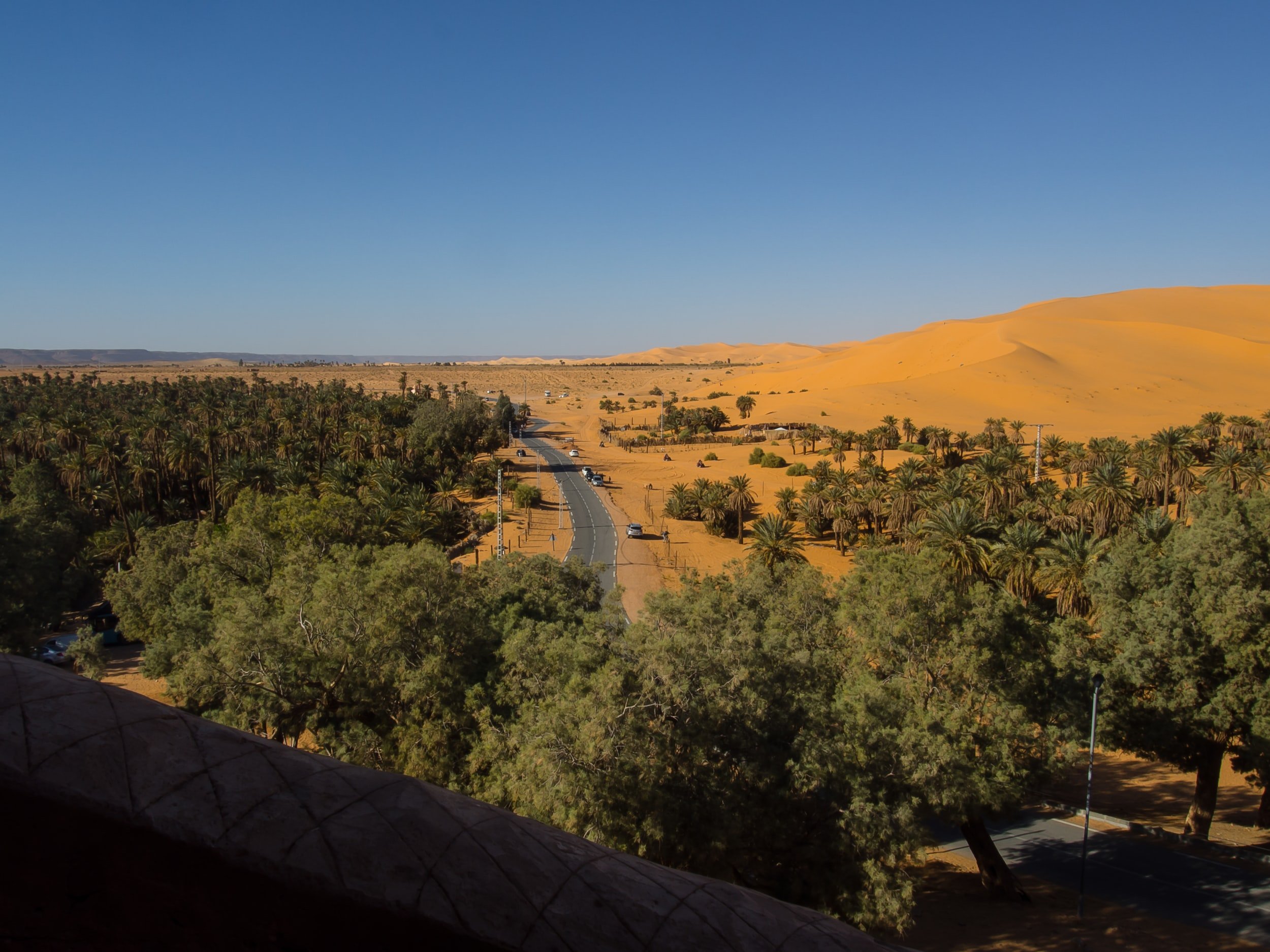Desertification Explained and Innovative Ideas
Desertification threatens to displace 50 million people worldwide by 2030. This human-led process has caused the collapse of civilizations, and threatens livelihoods, ecosystems, and sustainable development. The consequences of desertification are exacerbated by the climate crisis, and it is an issue mentioned in the United Nations’ Sustainable Development Goals. But what exactly is desertification, and what innovative strategies are being used to combat it?
What is Desertification?
Desertification can be defined as “land degradation in arid, semi-arid and dry sub-humid areas (i.e. drylands, which cover one-third of the Earth’s land) resulting from various forces, including climatic variations and human activities.” It has even been previously labeled as the greatest environmental challenge facing the Earth.
Human activity, desertification, and the climate crisis are inevitably connected, forming a vicious cycle. Human activities that cause desertification include overgrazing, deforestation, political instability, population growth, and poor irrigation. Humans increase the strain on already vulnerable drylands by changing the soil’s properties, including acidity, salinity, and moisture. Desertification also worsens food crop production and agriculture, which exacerbates food insecurity. However, climate change is accelerating desertification. It worsens land infertility and reduces river runoff and water availability. Climatic variations, such as drought, also have an effect.
Desertification hinders the United Nation’s Sustainable Development Goals, with drylands having some of the lowest gross domestic product (GDP) per capita and the highest infant mortality rates worldwide. By 2045, up to 135 million people will be forced to migrate from their homes due to land degradation. Furthermore, approximately 2 billion people live on drylands and are endangered by the consequences of desertification. There are more than 100 countries currently affected, and in many places, reduced resources motivate conflict. This has already been witnessed in Darfur, Sudan.
Innovation and Great Green Walls
The United Nations’ World Day to Combat Desertification and Drought is celebrated on the 17th of June every year. With the number and duration of droughts increasing by 29% since 2000, and three-quarters of the global population expected to be affected by drought by 2050, it is evident that we must combat this issue. Strategies include increasing financing and early warning systems to combat expanding drylands, providing socioeconomic incentives to counter forced migration, tackling gender inequities by empowering women in land management and restoration, and restoring one billion hectares of degraded land by 2030.
To combat such a significant problem, innovation is essential. In 1978, the Three-North Shelterbelt Program (also known as the Great Green Wall of China) was introduced, covering thirteen provinces. With 27.4% of China already affected by desertification, this project aspires to minimize the expansion of the Gobi Desert using afforestation—the process of adding trees. More than 66 billion trees have already reportedly been planted as of 2019.
Similarly, Africa’s Great Green Wall initiative, which launched in 2007, also aims to combat desertification and promote afforestation across 8,000km in the Sahel (the dryland region separating the Sahara desert and the tropical savannas of Africa, spanning 22 countries). The strategy aims to restore 100 million hectares of degraded land, capture 250 million tonnes of carbon dioxide, and create 10 million environmentally friendly jobs by 2030.
However, there are concerns with large-scale afforestation attempts, including planting non-native plants, which may worsen water scarcity. Furthermore, with governmental incentives to contribute to China’s Great Green Wall, it is believed that farmers are prioritizing non-native planting at the expense of native vegetation, particularly in the absence of governmental legislation to preserve native species. To tackle this, local conditions are now being taken into consideration. For example, plants requiring less water, such as shrubs, are being increasingly used to reduce the water scarcity concern.
Lack of financial priorities for green initiatives also remains an issue, with Africa’s Great Green Wall raising only $19 billion of the required $30 billion USD. This is exacerbated by the lack of transparency in donors. The Pan African Agency was established by the African Union to be responsible for Africa’s Great Green Wall. However, several donors, including the European Union and the World Bank, instead bypass the Pan African Agency and coordinate with individual governments. In 2021, the Great Green Wall Accelerator was launched, with $14.3 billion USD pledged. Despite this, there continues to be a lack of coordination with the Pan African Agency. This has contributed to the lack of progress made on Africa’s Great Green Wall: by 2020, only 4-20% of the aimed land restoration had been achieved, and this remains true as of 2022.
Prioritising a Green Agenda
Desertification continues to prove to be a pressing human-led consequence. While innovation is essential to combat desertification, several obstacles remain. Transparent financing of this green agenda is paramount, and it requires international cooperation given the economic disparities worldwide. Furthermore, preventing biodiversity loss and promoting native species through governmental legislation (as part of combatting the triple planetary crisis) is vital in producing a sustainable response to land degradation and desertification.

